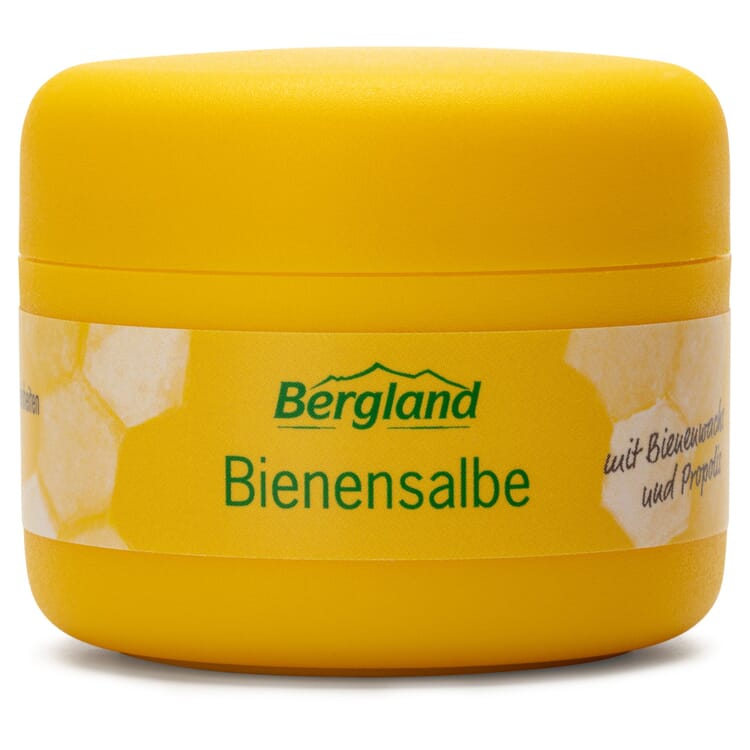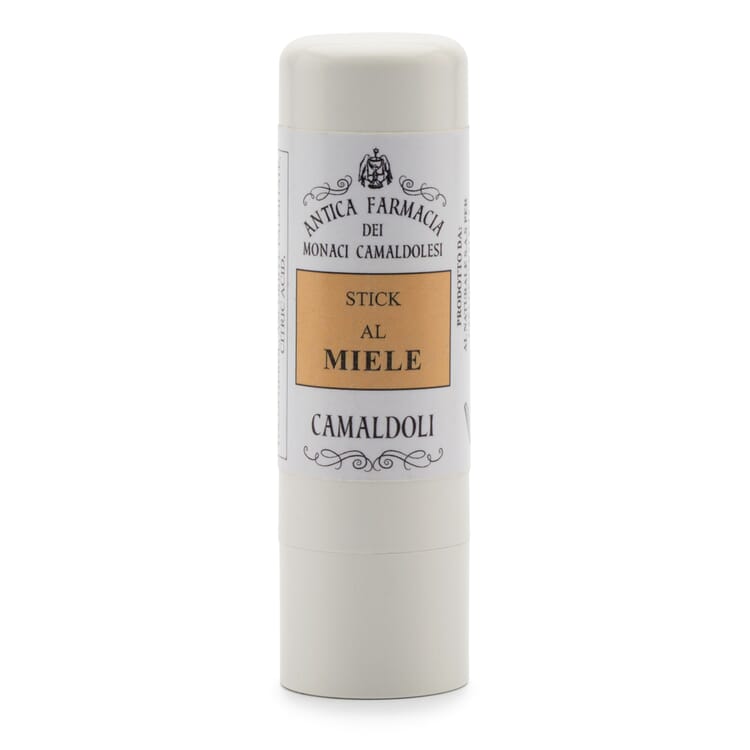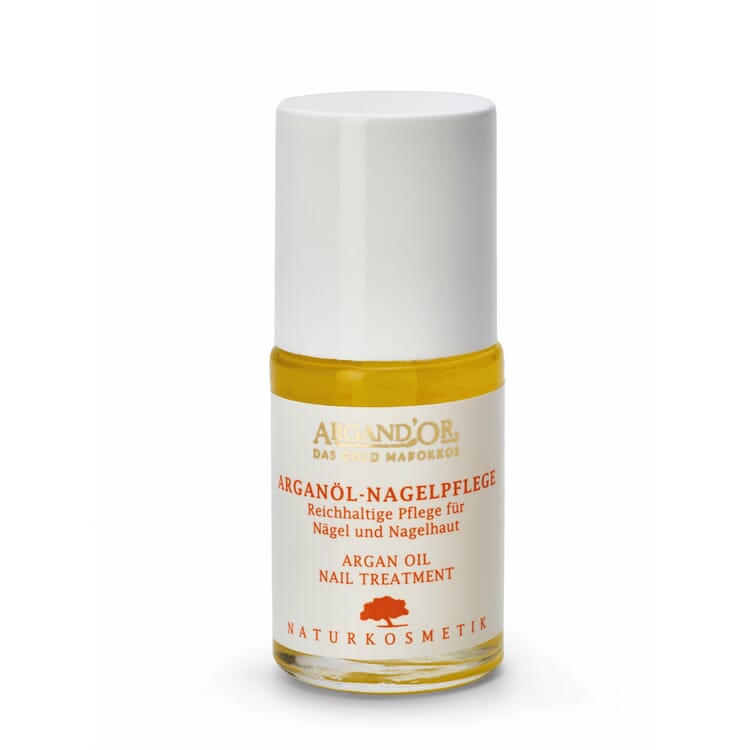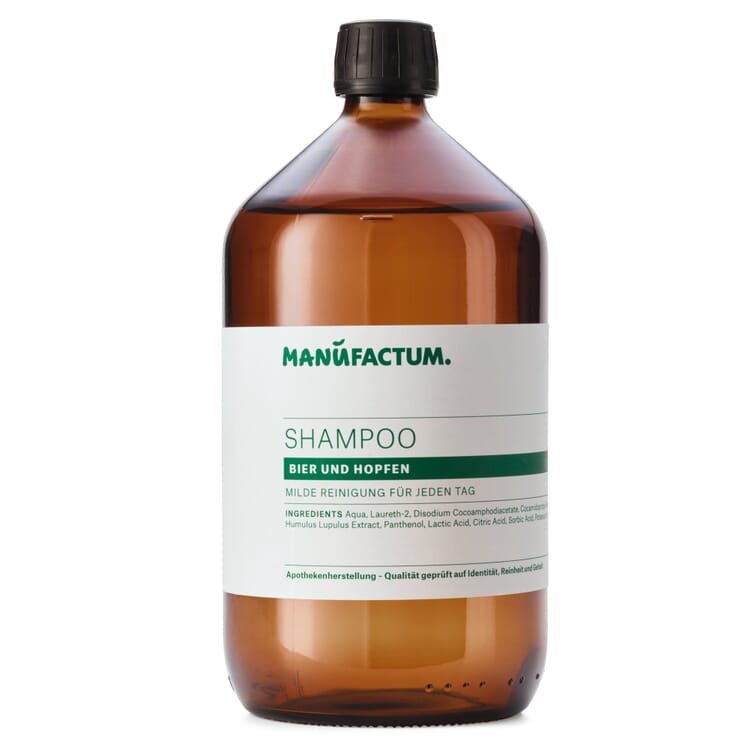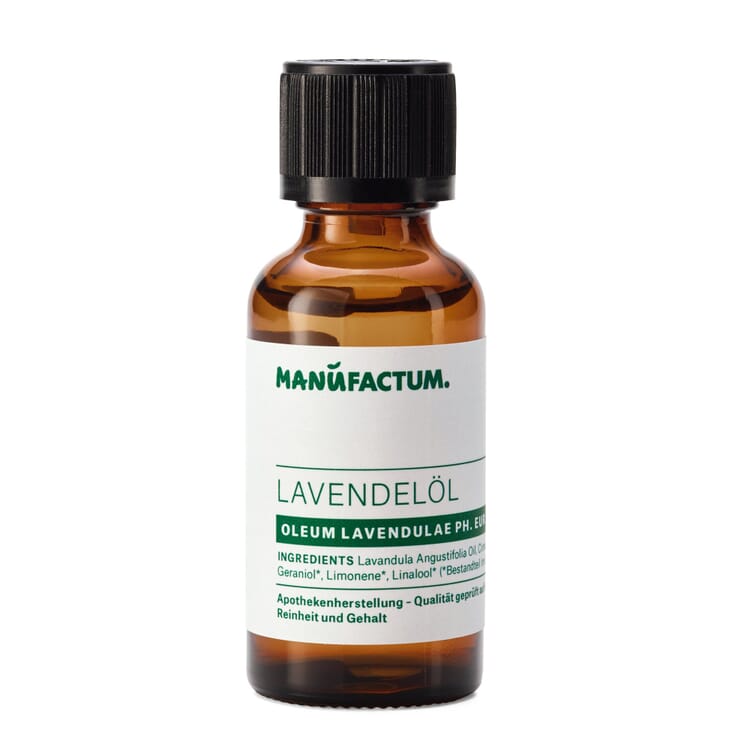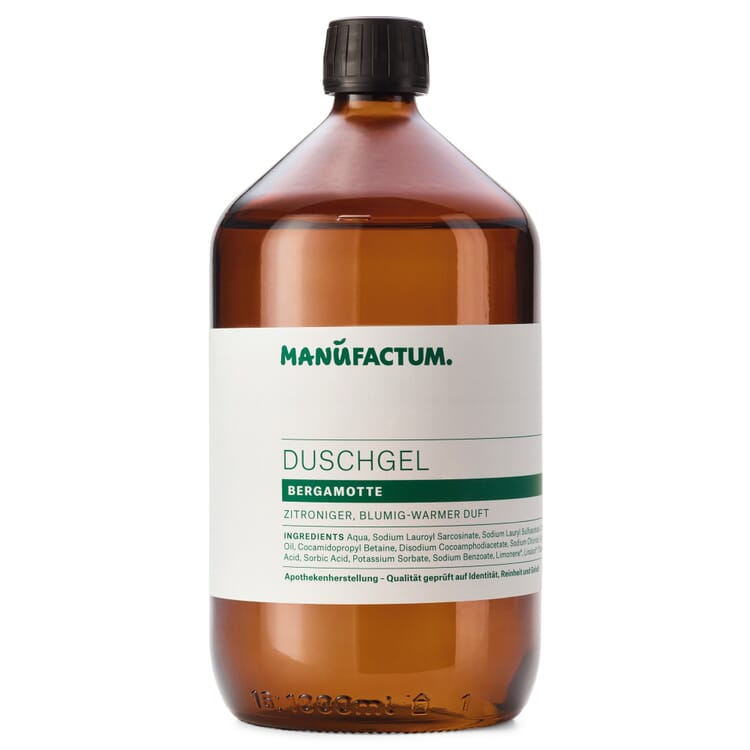- Aloe vera
- Apricot
- Argan tree
- Arnica
- Avocado
- Bay rum tree
- Bergamot orange
- Birch
- Carnauba Palm
- German Chamomile
- Bay laurel
- Common Sage
- Eucalyptus
- Fennel
- Norway spruce
- Clove tree
- Common Nettle
- Hops
- Magnolia
- Iceland moss
- Jojoba
- Coffee tree
- Cacao tree
- Camphor tree
- Shea tree
- Mountain pine
- Lavender
- Macadamia
- Almond Tree
- Lemon balm
- Myrrh
- Olive tree
- Orange tree
- Peppermint
- Calendula
- Rose
- Horse chestnut
- Soybean
- Tea tree
- Black cohosh
- Witch hazel
- Rowanberry
- Castor oil plant
- Lemon
Medicinal plants A|B|C
Castor oil plant (Ricinus communis)

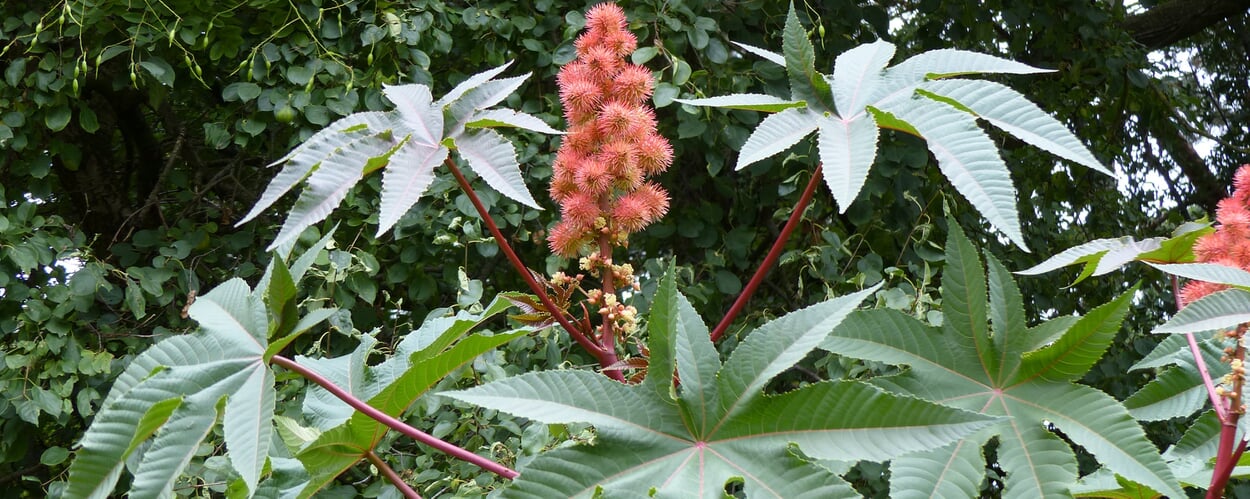
The castor oil plant is a perennial spurge from the tropics and subtropics that can grow up to twelve meters high within a few years. In Europe north of the Alps, it thrives only as an annual and reaches a height of two meters. Here it is planted in gardens because of its decorative, palmately divided leaves, which grow to about half a meter.
Origin and cultivation.
The castor oil plant has been cultivated for thousands of years and it is no longer possible to determine whether its original distribution area was in India or Ethiopia. In the Mediterranean region it has gone wild and grows on roadsides and rubble sites. Its spiny capsule fruits contain three oily, red-braun marbled seeds that contain castor oil. On plantations, the castor oil plant lives up to its name: the first harvest is achieved after just a few months. The main exporters of castor oil are India, Brazil and China.
Ingredients.
The seeds of the castor oil plant consist of 40 to 50 percent castor oil. Cold-pressed castor oil is colorless to slightly yellowish, very viscous and, thanks to its exceptionally high density, almost as heavy as water. It consists of at least 85 percent ricinoleic acid, which is responsible for castor oil's strong laxative effect. The seeds also contain the protein ricin, which is the most toxic biogenic substance after botulism and tetanus toxin. Since ricin does not dissolve in fat, the toxin remains in the press residue; it is not found in castor oil.
Products with castor oil
Use of the castor oil.


- In deodorants, creams and foot ointments, castor oil coats unwanted fragrances and thus binds unpleasant odors.
- Shampoos contain up to 30 percent castor oil because it is supposed to make hair softer and more elastic.
- The smoothness of lipsticks and eyeliners is often determined by the amount of castor oil they contain.
- Castor oil increases the moisture content of the skin and smoothes it. Chapped and cracked skin no longer tightens and can heal better.
When castor oil is sulfated with sulfuric acid, a clear, redbraune liquid is formed, Turkish red oil. It is a readily biodegradable surfactant that dissolves completely with water and is thus used, for example, as an emulsifier of essential oils in bath water.
Exclusive Manufactum body care products
Recommended Topics


Like delphinium and columbine, black cohosh belongs to the buttercup family. Above the multiple pinnate leaves of the perennial and herbaceous plant appear from June to September up to 60 centimeters long, narrow and upright flower clusters. The long stamens of the small, white individual flowers make these flower clusters look downy.
View more
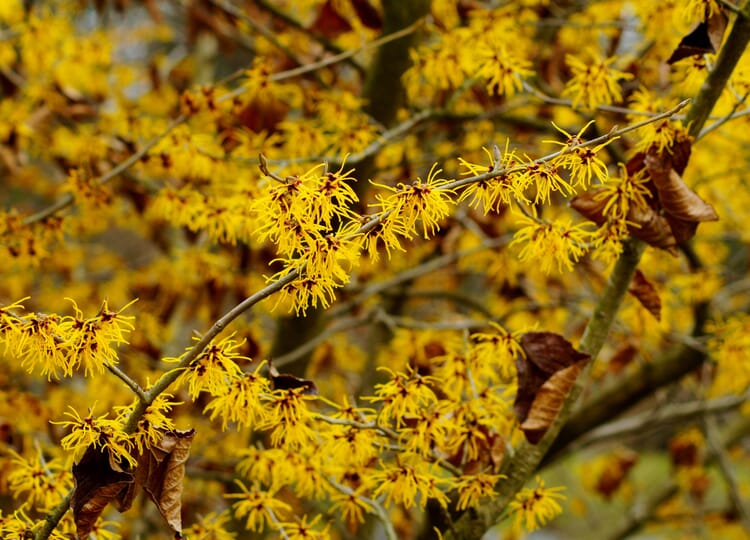
The genus Hamamelis comprises five species, three of which originate from America and one each from Japan and China. However, only the witch hazel is of interest for pharmacy and cosmetics. It is a deciduous shrub that grows up to seven meters high and sometimes also grows as a tree with a short trunk and broad crown. Its bark is palebraun and smooth; the leaves resemble those of the hazelnut. From September to October appear strongly fragrant, pale yellow flowers with very narrow, almost filamentous petals.
View more
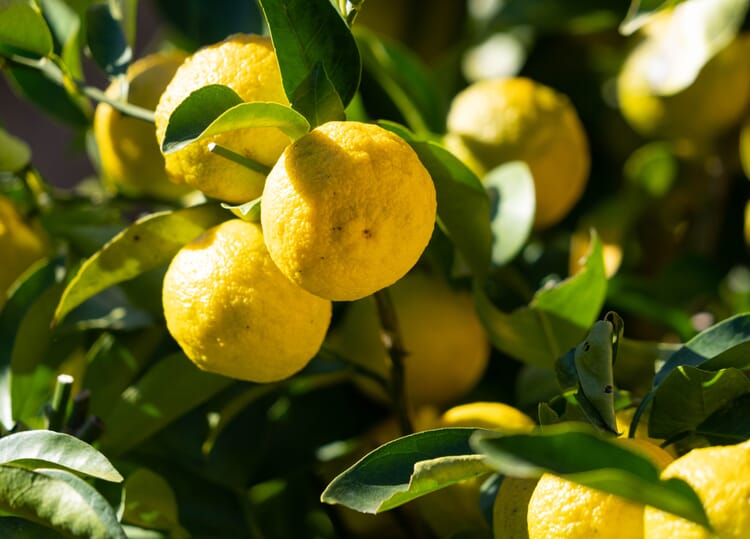
The three to six meter high lemon trees produce white, pink overflowing and aromatic fragrant flowers all year round. Their fruits - like those of all other citrus fruits - are botanically classified as berries. It is believed that all citrus species originated as crosses from just three species: Grapefruit, mandarin and citron.
View more




